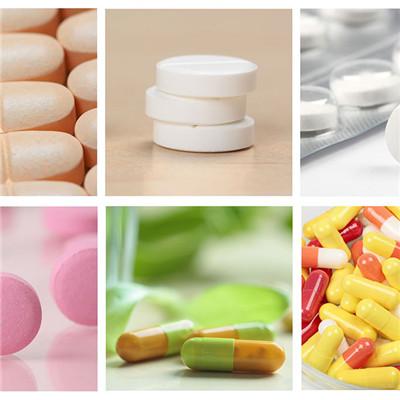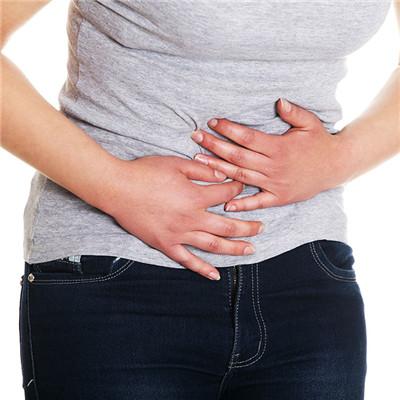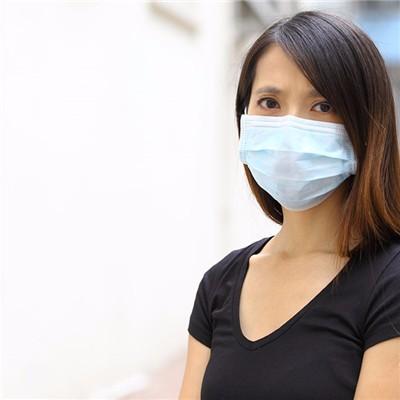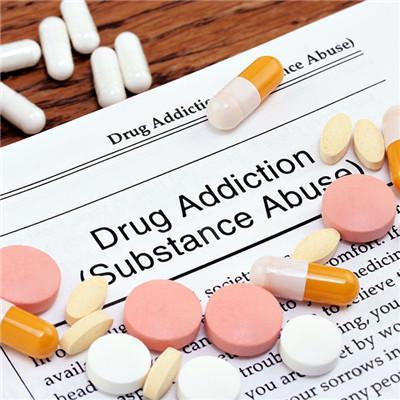Symptoms of dioxin poisoning
summary
Dioxin, i.e. 1,4-dioxane, is a monocyclic organic compound. It is a by-product that is not useful in industry. Generally speaking, the term "dioxin" in a broad sense generally refers to derivative compounds containing the above structure, such as 2,3,7,8-tetrachlorodibenzo-p-dioxin (TCDD), which is often used in animal experiments. The toxicity of dioxins and their derivatives are different. In addition, because of their fat solubility, dioxins can accumulate in animal adipose tissue and some parts of plants.
Symptoms of dioxin poisoning
The product of the mass concentration or mass fraction of a PCDDs or PCDFs in a sample and its TEF is its TEQ mass concentration or mass fraction. The toxicity of the sample is equal to the sum of TEQ. Toxic to the fetus, fetal dysplasia, fetal death.

It has influence on fetus and embryo, blood and lymphatic system of fetus, and growth of newborn. It has influence on the urinary and reproductive system of fetus, on the survival delivery index (viable number / total number of births), and on the weaning and lactation index (viable number after weaning / survival number on the fourth day).

2,3,7,8-tetrachlorodibenzo-p-dioxin (2,3,7,8-TCDD) is the most toxic of all the dioxins. As long as one ounce (28.35g), it can kill 1 million people, which is 1000 times as much as potassium cyanide (KCN). It is one of the most toxic compounds up to now and contains many kinds of toxic substances, so it is also the most studied.

matters needing attention
Environmental protection experts say that "dioxins" often exist in the atmosphere, soil and water as tiny particles. The main pollution sources are chemical and metallurgical industry, waste incineration, papermaking, pesticide production and other industries. The plastic bags and PVC soft glue used in daily life contain chlorine. When burning these materials, dioxins will be released and suspended in the air.













